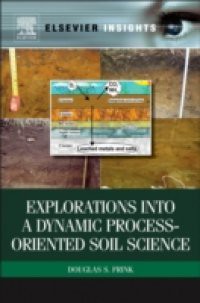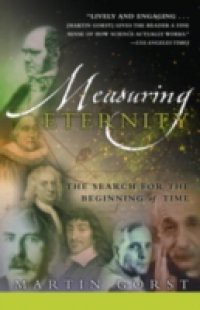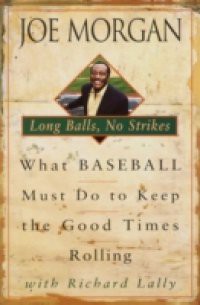The paradigm and models of traditional soil science lack the ability to adequately address issues of soil dynamics, environmental integration, and change. Unexplainable research results obtained from traditional soil studies applied to non-traditional soil phenomena in physical geography, archaeology and ecology speak to the current need for soil science to move beyond description and classification and into a dynamic process-oriented soil science capable of providing explanations. Soils do not behave as static inert geologic detritus affected by climate, organisms, relief, and parent material through time, but instead soils behave as self-organizing systems dynamically interrelating with their environment. Recognition of this dynamic behaviour required a re-examination of how scientists in general think and in how modern soil science specifically evolved its basic paradigms and models. This book examines the dynamics of soil organic carbon and demonstrates the self-organizing nature of soil through time as soil responds to a wide range of environmental and human perturbations. Makes soil science accessible to a wider audience by integrating soil science with biology, geography and archaeologyDemonstrates universal application by including case studies from around the worldAvoids pitfalls of determinism and vitalism by being well founded in the philosophy of science


















